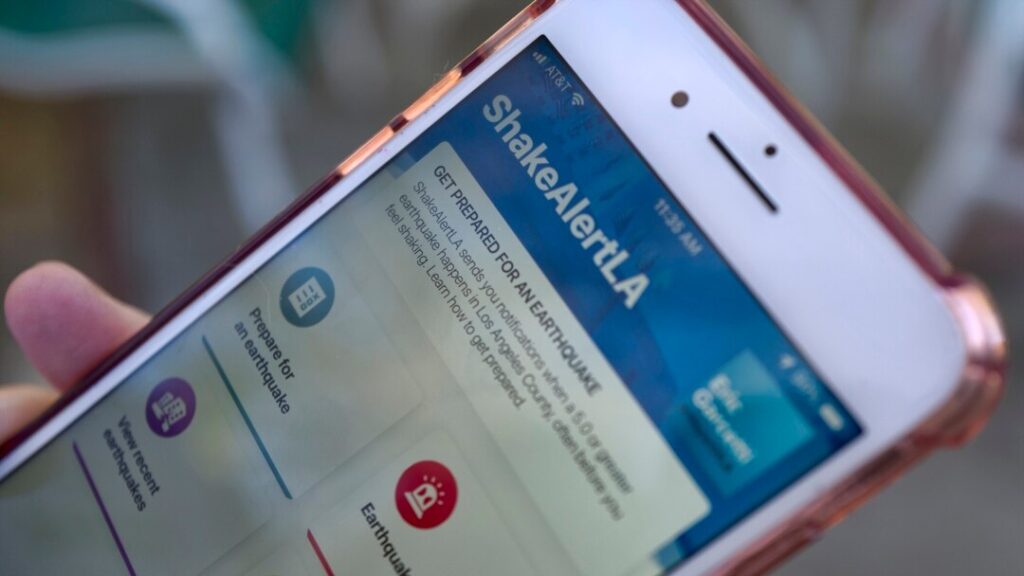Scientists have discovered a life-saving use for Android devices: earthquake detection. Google’s Android Earthquake Alert (AEA) system, launched in 2020, has proven to be a game-changer in seismic early warning technology. Unlike traditional, expensive seismic stations that require specialized infrastructure, this system uses the built-in sensors in billions of Android smartphones worldwide to detect earthquakes in real time.
The AEA system works by crowdsourcing data from Android phones equipped with accelerometers sensors that detect motion. When a phone detects shaking consistent with an earthquake, it sends a signal to Google’s servers, along with location data. If multiple nearby phones report similar motion, the system verifies the event and instantly sends alerts to users in the area, warning them before the ground starts shaking.
Available in 98 countries and covering over 2.5 billion people, the Android Earthquake Alert system has scaled up rapidly in just three years. Its rapid growth highlights how modern technology can provide powerful, low-cost alternatives to traditional disaster warning systems. According to scientists, this approach not only makes earthquake alerts more accessible but also enhances their accuracy due to the sheer volume of data collected.
What makes this system especially effective is the “crowdsourced” nature of the data. Each phone acts as a mini seismic detector, contributing to a network capable of sensing tremors faster than conventional systems. In many cases, users receive alerts seconds before the quake hits enough time to take cover, stop a vehicle, or protect loved ones.
The success of the AEA system underscores the potential of integrating technology into disaster preparedness. By leveraging the power of Android smartphones, Google has created a decentralized, scalable, and efficient earthquake warning platform that could save thousands of lives in earthquake-prone areas.
As more people connect to smartphones globally, the system is expected to improve further. Scientists and disaster response experts now see this model as a blueprint for future warning systems—proof that sometimes, the best solutions come from the devices already in our hands.

